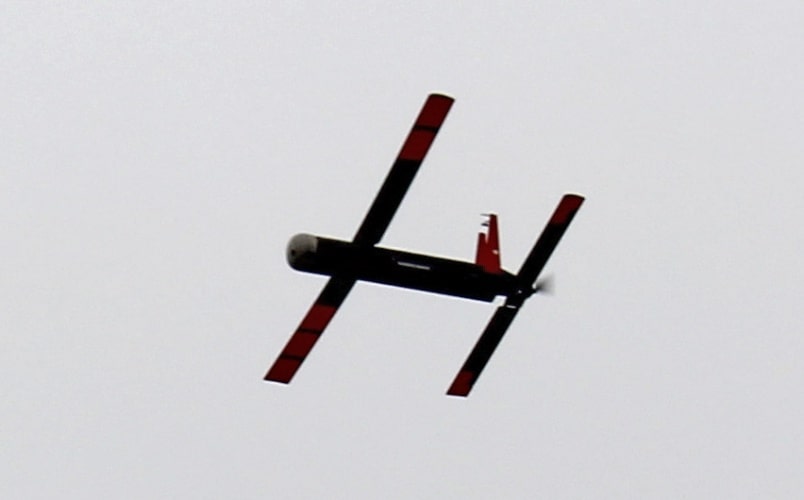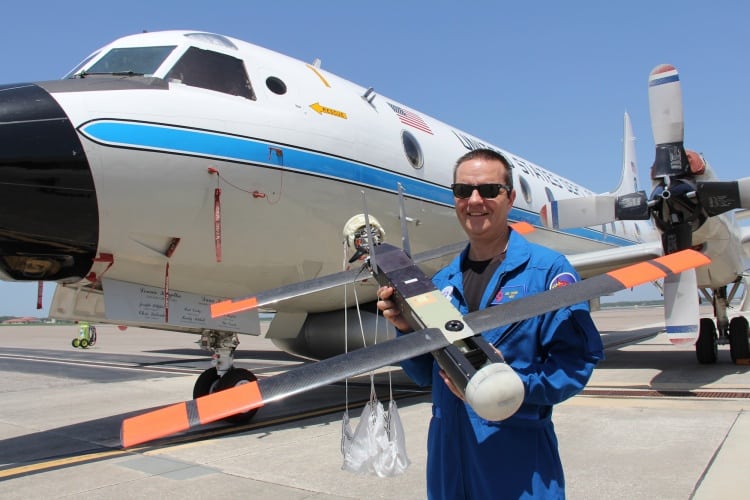The National Atmospheric and Oceanic Administration (NOAA) is using unmanned aerial vehicles (UAVs) to improve its understanding of hurricanes, collecting data from areas unsafe for manned flight.
Known as the Coyote UAS (Unmanned Aerial System), the drone is released mid-flight from a parent aircraft and provides real-time data on atmospheric air pressure, temperature, moisture, ocean surface temperature, as well as wind speed and direction. According to the NOAA, the UAV is capable of maneuvering in the most violent regions of hurricanes, flying in conditions that would be too dangerous for pilots to operate in.

“NOAA is investing in unmanned aircraft and other technologies to increase weather observations designed to improve the accuracy of our hurricane forecasts,” said Joe Cione, hurricane researcher at NOAA’s Atlantic Oceanographic and Meteorological Laboratory and chief scientist of the Coyote programme.
“This successful flight gives us additional confidence that we will be able to use this unique platform to collect critical continuous observations at altitudes in the lower part of a hurricane, an area that would otherwise be impossible to reach with manned aircraft.”
On January 7, the latest version of the Coyote was launched from a NOAA P-3 Hurricane Hunter aircraft in order to test a range of technological improvements. Until now, the drone has only been able to operate within five to seven miles of its mothership, but upgrades in transmission equipment have extended the range to 50 miles. Engineers from the NOAA and defence contractor Raytheon developed and installed a new antenna and radio, allowing the P-3 to continue on its flight path while the drone does its work.

The team is also working towards improving Coyote’s battery life to enable the UAV to extend its flight time. According to Chris Landsea, science operations officer at NOAA's National Hurricane Center (NHC), the system’s capabilities could have a significant impact on storm predictions.
"Here at the National Hurricane Center, we are keenly interested in obtaining measurements from the Coyote of the strongest winds near the center of the storm," he said. "Coyote could help us paint a better picture of current storm intensity for our storm updates."




Poll: Should the UK’s railways be renationalised?
I think the rail infrastructure should remain "nationalised" in the same way that the roads and motorways are "nationalised". I think the trains that...